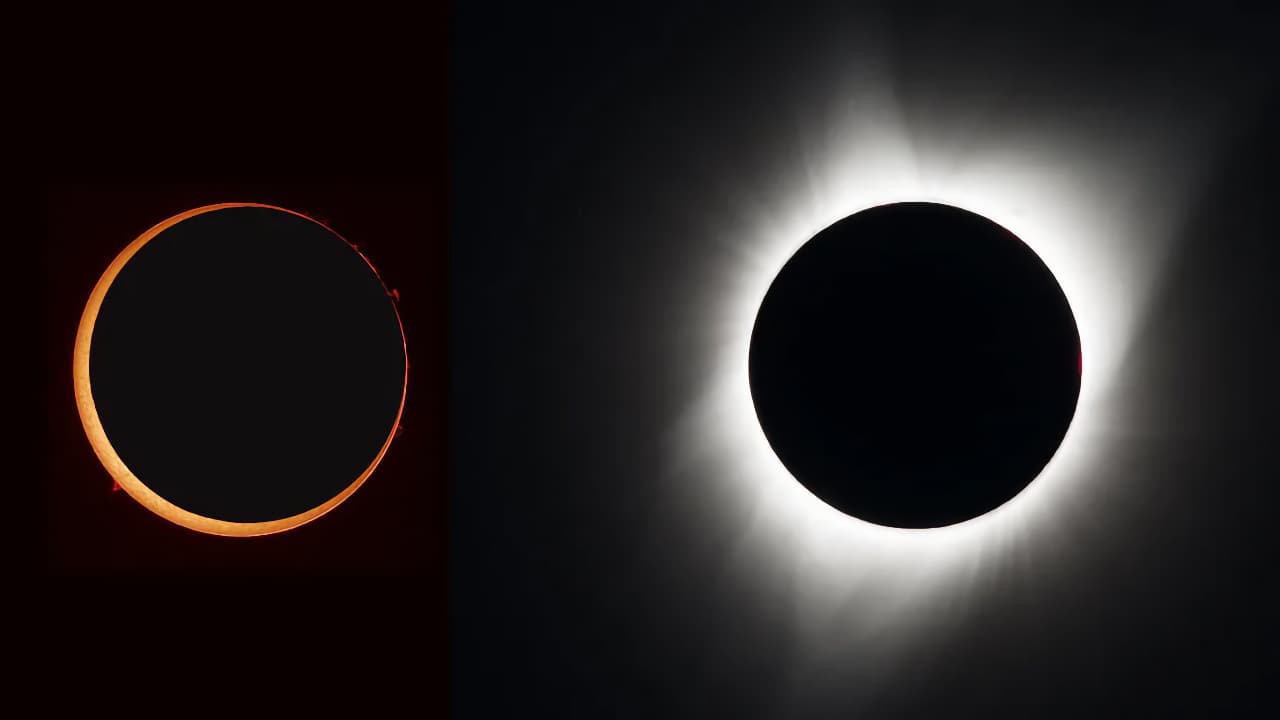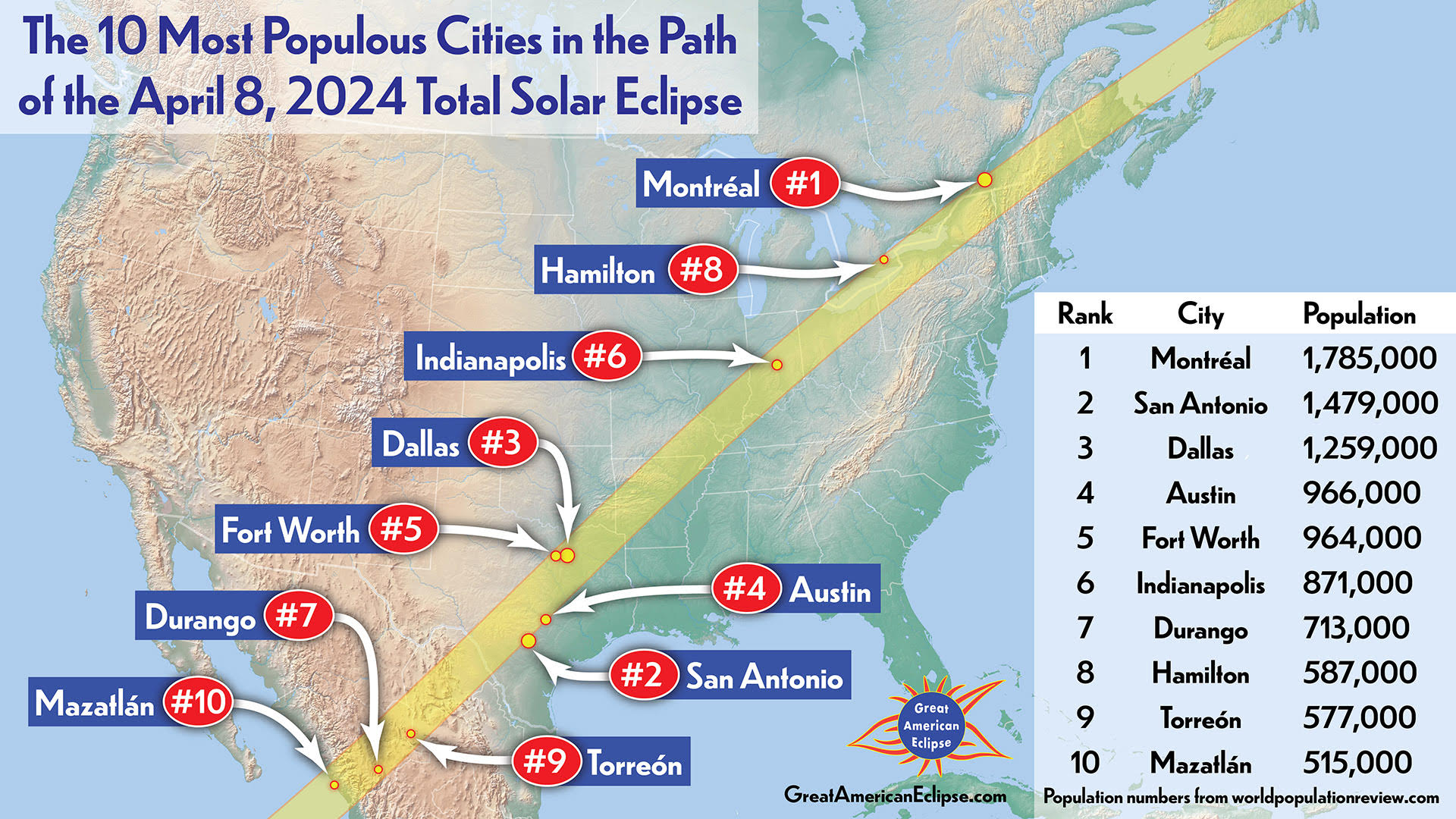
On April 8, over 10 large North American cities and tens of millions of people will experience a total solar eclipse. This is how to shoot it.
The April 8 eclipse, pretty much universally referred to as The Great American Eclipse, is going to be one of the landmark events of the year. The path of totality is 115 miles wide and 10,000 miles long and manages to cross an impressive amount of the American urban landscape from Mazatlán in Mexico to Montreal in Canada, via Forth Worth, Dallas, Indianapolis, and more along the way.
All in all it is estimated that 10 million people live in just 10 cities along the path, which covers a population of an estimated 31 million people in the US alone. And that’s just the people who live there. If eclipses in other parts of the world are any guide, that number will swell hugely on the day itself, which could make it perhaps the most documented eclipse in history.

Pic: Michael Zeiler/GreatAmericanEclipse.com
So, what do you need to make the most of it? Well, the key ingredient, cloudless skies, is beyond your control. But you can swing the odds in your favor by, say, heading towards Torreón in Mexico (cloudy on that date 27% of the time this century) rather than Montreal (cloudy 69% of the time). You also get more totality as you head south. Mazatlán experiences 4:16 of totality, Montreal only 1:27.
To actually shoot it obviously you’re going to need a tripod and obviously you’re going to need a decent telephoto lens, around 200mm or above. But one thing you need to do right now is get yourself a solar filter. These things tend to sell out as you get close to the event and, as it is, as of now you only have 37 days to go.
Space.com has got a really good page of advice on all things to do with Great American Eclipse photography. It recommends either a specialist solar filter or a 16-stop and above ND filter. At a pinch, you can also buy a sheet of solar filter material and jerry-rig your own, but you really really need to take care that everything is extremely firmly fixed in place if you go down that route.
One piece of advice worth remembering is to turn off any auto enhancements. A few years ago I set up an iPhone to take a time-lapse through the course of a partial eclipse. I forgot to do just that and ended up with an exposure adjusted time-lapse of thirty minutes of my garden where absolutely nothing changed. It wasn’t very interesting.
Perhaps one of the most valuable pieces of advice, however is to practise on the Moon first. That will give you a sense of framing, how fast everything is likely to move across the sky, a sense of what focal length is going to work best for you, and more. Also a crescent moon is going to be roughly the same brightness as the Sun’s corona during the period of totality to help you get a feel for the settings and the set up that work for you. Just remember that you’re not going to have too many of even those between now and April 8.
And if you mess it all up, the next total eclipse will cross Greenland, Iceland and Spain in August 2026, taking in Reykjavik, Bilbao, Zaragoza, and Palma. Get booking now...
Tags: Production Space


Comments